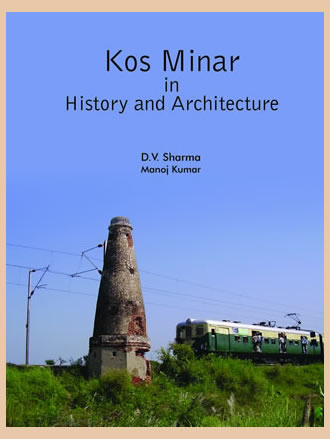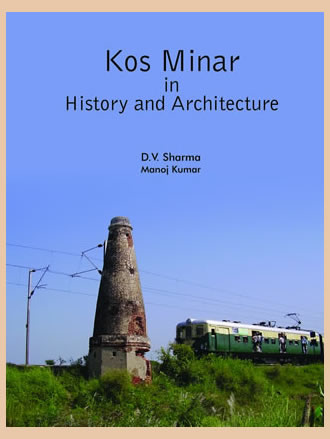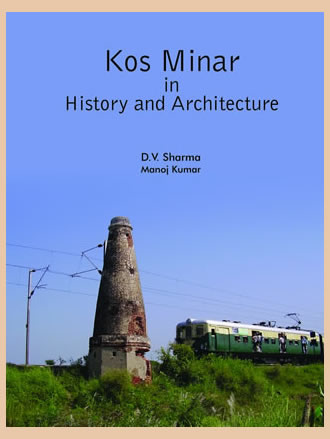KOS MINAR IN HISTORY AND ARCHITECTURE
KOS MINAR IN HISTORY AND ARCHITECTURE is backordered and will ship as soon as it is back in stock.
Couldn't load pickup availability
Genuine Products Guarantee
Genuine Products Guarantee
We guarantee 100% genuine products, and if proven otherwise, we will compensate you with 10 times the product's cost.
Delivery and Shipping
Delivery and Shipping
Products are generally ready for dispatch within 1 day and typically reach you in 3 to 5 days.
- Language: Hindi/English
- Pages: 96
- Format: HB
- Edition: 1st
- Publisher: Aryan Books International
- Year: 2013
- Size: 22cm x 28cm
-
ISBN: 9788173054457
The ?Kos Minar? literally means a tower marking the distance of a kos. They are medieval milestones that were erected on the main highways across the empire to mark the distance. Such structures served as beacons for caravans. Explaining the purpose of the kos minars, Arif Qandhari writes ?that travelling to and fro goes on day and night and these minars guide them (travellers) from losing their way or getting off the route.? Also with the help of these minars, the travellers could compute the distance they had traversed. Kos Minars were used to mark the royal route from Agra to Ajmer via Jaipur in the west, from Agra to Lahore via Delhi in the north and from Agra to Mandu via Shivpuri in the south. Modern Indian highways have come up along roughly the same routes as those marked by these minars. Though architecturally not very impressive they were an important part of communication and travel in a large empire. The architectural style and design of surviving kos minars is basically similar. About 30 feet high, these minars were constructed either of bricks or stone rubble masonry and plastered with chunam (lime mortar). The kos minars particularly of Jahangir?s period bear painting. The Kos Minars in India thus comprise a lesser known but highly significant component of our heritage stock, as a standing representation of sophisticated communication networks of our glorious past. However, there is a dearth of meaningful understanding on significance of such type of monument. The present volume throws new light on this important but less-understood relic of our built heritage. The book will go a long way in highlighting their significance and the urgent need for their protection and preservation.





